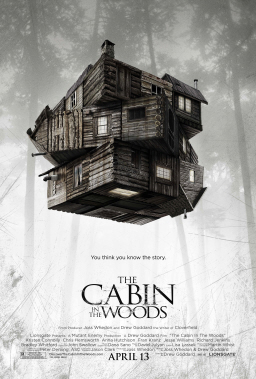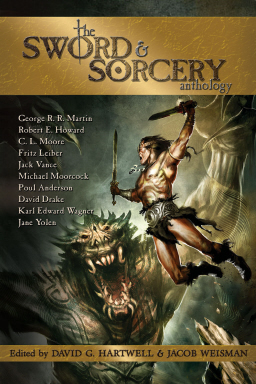Triptych, by J.M. Frey: A Review
 Triptych
Triptych
J.M. Frey
Dragon Moon Press (286 pp, $19.95, March 2011)
Science fiction typically makes certain assumptions about alien races. For example, that they use language in ways we understand. Or, that they imagine gender and sex in ways familiar to us. The second is a far more unlikely assumption; language, or communication more broadly, is something one would expect to develop in intelligent species, and in a way defines for humans what intelligence is. But sex necessarily is a thing of the body, and so will vary with the composition of the body. An alien body won’t have human sexual responses.
J.M. Frey’s novel Triptych tries to tell a story with that awareness in mind. I’m not entirely convinced by the book, but I think it’s effective overall. Both its flaws and virtues seem to me to follow from specific genre traditions, with the result that it feels oddly like an old-fashioned science fiction novel that happens to have some twenty-first-century attitudes about sexuality.
A triptych is a work of art, typically a painting, in three parts. Usually the central part is the most prominent. That’s essentially the structure of the novel: three parts, plus a prologue and epilogue. The prologue sets up a near-future world in which alien refugees have come to earth. Their integration into human society comes through working with a multinational organization called the Institute, physicists and linguists and other specialists, all given military training. The first part of the story proper then skips back to 1983, setting up a time travel plot. The second part gives us the tale of one of the alien refugees, up to the point where the prologue begins. The third part, and the epilogue, wrap up the plot and solve the remaining mysteries. And through all these sections, the book is actually telling a love story, or at least the story of an unconventional relationship: another triptych, a polyamorous love between an alien and two humans.
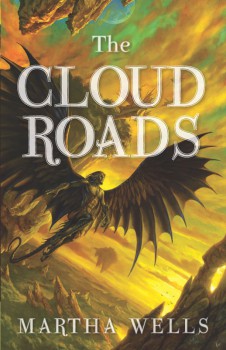 The Cloud Roads
The Cloud Roads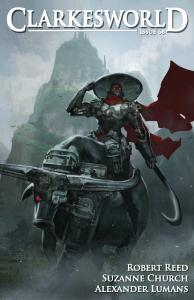 The May issue of Clarkesworld is currently
The May issue of Clarkesworld is currently 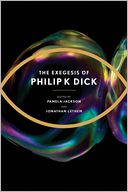 ramblings. While I tend to think all this stuff really is the result of a bad acid trip, Critchley as a professor of philosophy for the most part keeps a straight face. Some of you may laugh out loud not only at the source material, but the attempt at exegesis.
ramblings. While I tend to think all this stuff really is the result of a bad acid trip, Critchley as a professor of philosophy for the most part keeps a straight face. Some of you may laugh out loud not only at the source material, but the attempt at exegesis.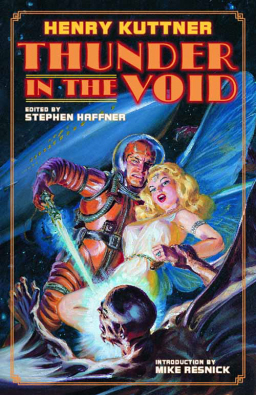
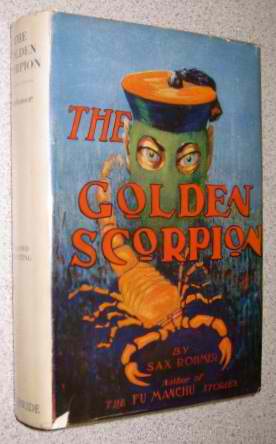
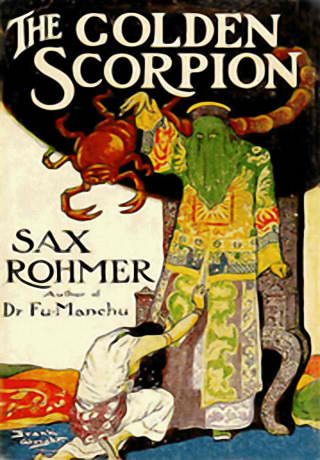
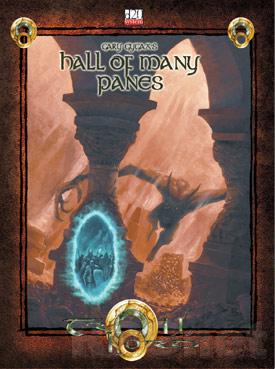
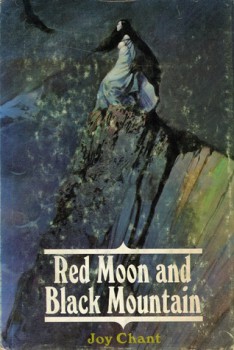 Red Moon and Black Mountain
Red Moon and Black Mountain